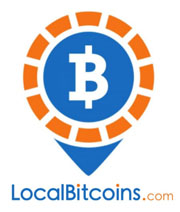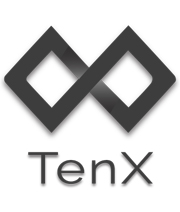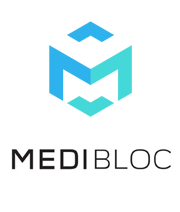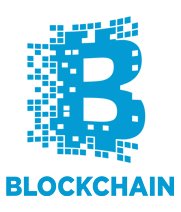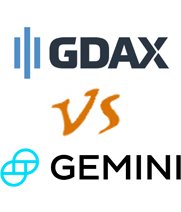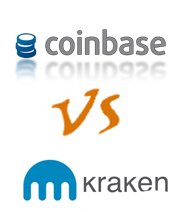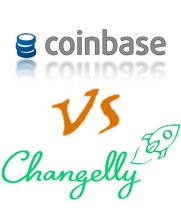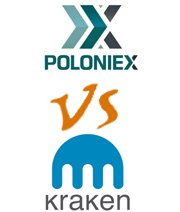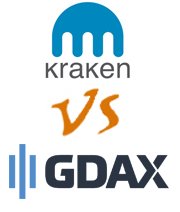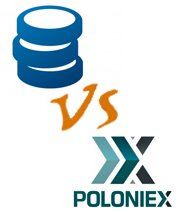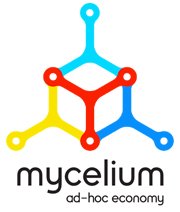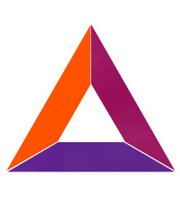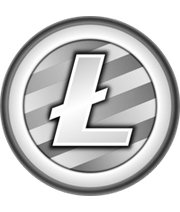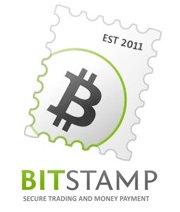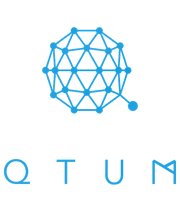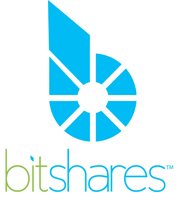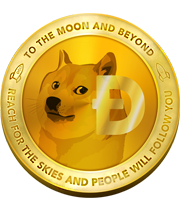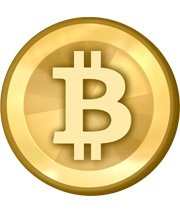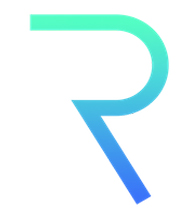
Table of Contents
- 1) The Request Network: How It Works
- 2) The Request Network Platform
- 3) Request Network’s Team and History
- 4) Trading History of Request Network
- 5) Buying Request Network Tokens
- 6) Storing Request Network Tokens
- 7) Request Network vs Omisego
- 8) Request Network vs Ripple
- 9) Request Network vs Paypal
- 10) Frequently Asked Questions
- 11) Conclusion
Coming into 2024, it’s clear that blockchain technology is being put to more use than ever before. Once associated mostly with cryptocurrency, it’s being employed to tackle any issues and transactions that once required third parties and centralized networks to run.
One of these blockchain solutions is called The Request Network. It’s a payment scheme based on the Ethereum blockchain that acts as a sort of decentralized Paypal, allowing people to securely send and receive payments without having to trust any third parties. It works with all currencies, worldwide. Not only does it provide a payment platform, but it also uses its blockchain technology for services that include accounting and auditing as well.
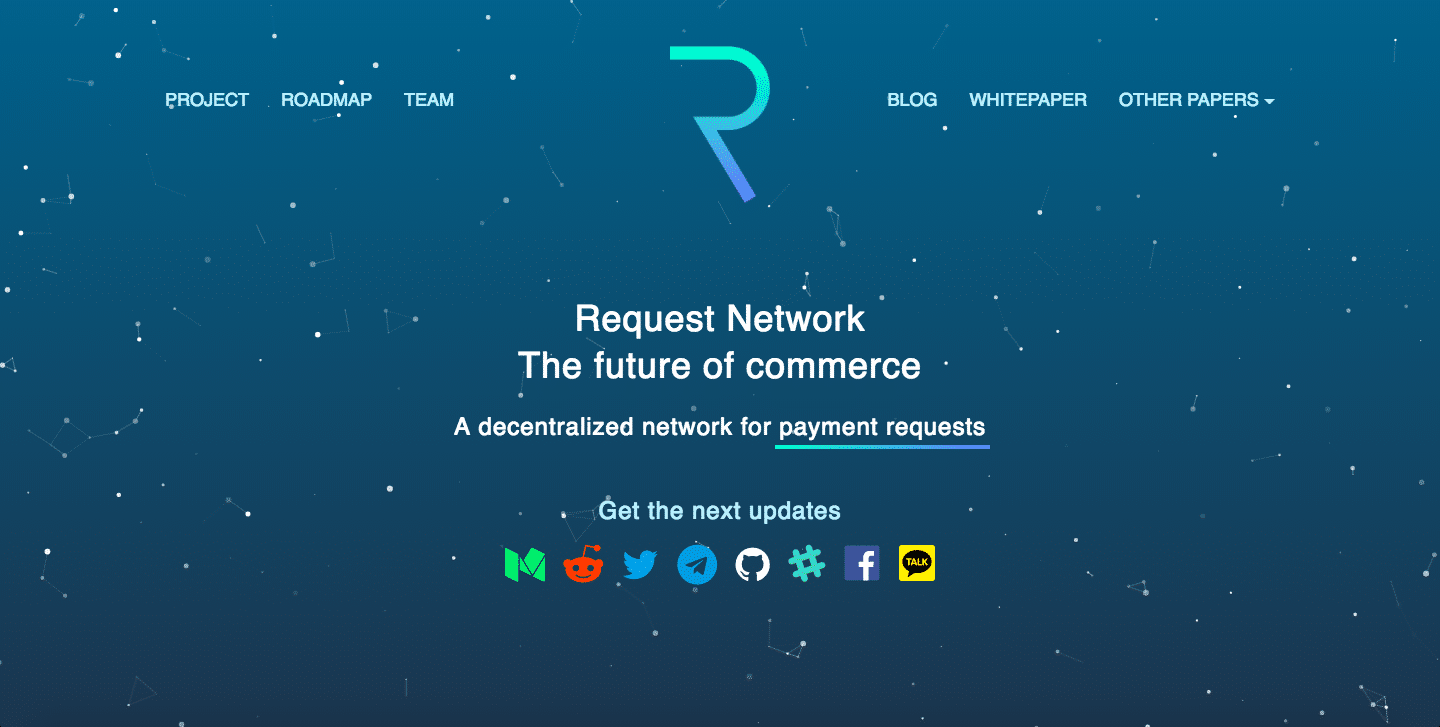
Check out our handy guide to The Request Network to learn about what it is, how it works, and how it could help you. And if The Request Network sounds good to you (and you want more), check out our 2024 list of the best alcoins.
The Request Network: How It Works
The Request Network utilizes a simple system called the Request Invoice: someone sends an invoice via the blockchain, the other person receives it and pays, and the original person gets their money. Simple as that. The system supports not only P2P transactions, but also online purchases and invoices between businesses.
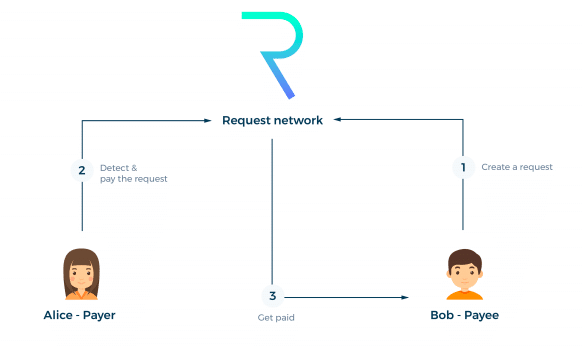
One advantage it has over its competitors is that it doesn’t share your bank info with the other party, since parties deal directly with the blockchain. It’s also cheaper because you don’t need a third party to process the transaction for you.
Businesses will be able to track invoices for budget auditing purposes.
buy aciphex online https://healingtohappy.com/wp-content/languages/new/aciphex.html no prescription
Nonprofits and government organizations will be able to take advantage of the technology as well.
The Request Network uses something called the REQ token, which does a number of things. As an in-house token, it is used to pay for fees. It can also be used as a liquid go-between asset for quicker exchanges between currencies.
The Request Network Platform
There are three parts to the Request Network.
The Core Layer is the part that forms part of the Ethereum blockchain, which means first off that it works quickly with invoices that use the ERC-20 protocol. Other invoices will work, but require additional programs to understand them.
buy clomid online https://redemperorcbd.com/wp-content/languages/new/prescription/clomid.html no prescription
Basic payments and smart contracts are processed in this layer.
The Extensions Layer handles more advanced payment types like holding payments in escrow, paying taxes, and getting advances. You can do a number of other things with this layer like donate to charity and pay your rent.
Finally, there’s the Applications Layer, which does not use the Ethereum blockchain. This is the layer other programs, services, and parties can interact with when dealing with invoices.
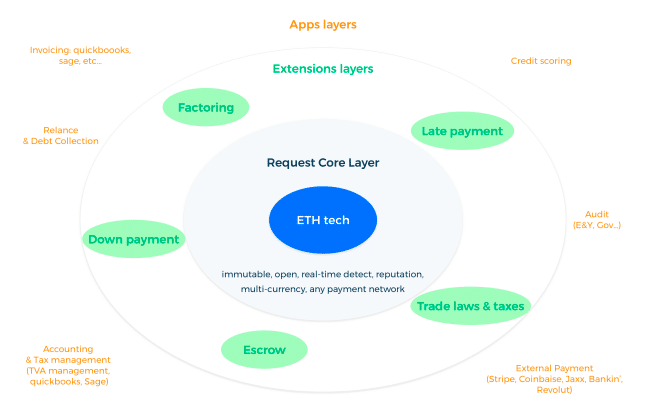
Request Network’s Team and History
The team behind Request Network is the same one that worked on another transfer network called Moneytis. The Request Network is the result of their change of focus to invoices. The team is led by Christopher Lassuyt and Etienne Tatur, both with extensive experience as developers in blockchain and financial services.
The test version of the Request Network, Colossus, has already been released so that the system can be fine-tuned. 2024 should see the release of the full network, according to the white paper drawn up by the company.
Request Network has partnered with 0x and Kyber Network, to help facilitate payments across different currencies. Their biggest competitor is Omisego, another blockchain-based payment processing platform that’s been around since 2024. The crypto world is growing day by day – and you can read about some of these great coins by checking out our list of the best altcoins of 2024.
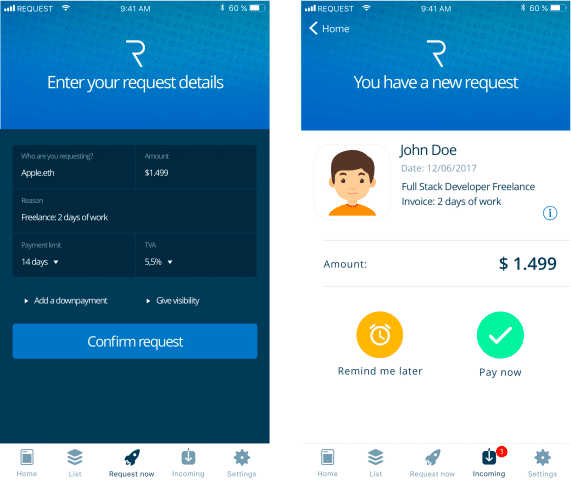
The Trading History of Request Network
Request Network is very new, and so its REQ token hasn’t been on the market for very long. Released in October 2024, it started out at a market cap of $0.05, and it stayed there until it started to go up. It passed $0.30 to climb to an all-time high of $1.15. Just like the rest of the crypto market the price went down in January, and it’s currently around $.26.
But if you have stake in REQ, fear not. When the main network is released this year, the value of the coin could go way up, and the more people who hop aboard, the better the price will do.
Buying Request Network Tokens
The REQ token can be bought at a number of exchanges. The best place to do it right now is Binance, where you can buy it for either Bitcoin or Ethereum. If you don’t have any of either of those and only have fiat money, you can check out a service like Coinbase or VirWox and exchange your money for Bitcoin first, before heading over to Binance.
It’s also available on EtherDelta, but it’s got a low volume of trade, possibly due to how new the currency is.
Storing Request Network Tokens
This is where you get a bit of a break. Since REQ is an ERC-20 token, it works with any wallet that supports the ERC-20 protocol. That means you can store it on MyEtherWallet, one of the most popular online wallets for Ethereum-based tokens. But if you’re more interested in security beyond what software wallets can provide, you’re in luck: you can also store REQ in hardware wallets like Trezor or the Ledger Nano S. Since these wallets can be disconnected from the internet, that means your balance will be safe from hackers in ways that software can’t really promise.
Request Network vs Omisego
These platforms are pretty similar: both are multicurrency wallets and platforms that enable users to send and receive money using blockchain technology for maintaining culpability and security without third parties. Both work on Ethereum as well. Omisego allows for cross-wallet compatibility, something the Request Network hasn’t featured as a feature. Request Network has a number of features that we haven’t found with Omisego, such as tax services and charitable donations.
Request Network vs Ripple
Again, two very similar companies, but with some differences, and the main one is seniority: Ripple has been out for years, while Request Network has only really gotten going since last year. Ripple is also a fully-functioning service, while Request has yet to debut their main network yet. Ripple places more emphasis on their currency, XRP, as a liquid asset for quickly transferring and sending money, while Request has put more emphasis on the basic services of sending and receiving.
Request Network vs Paypal
Both of these platforms are based on sending and receiving money, but they do so in different ways. Request Network works with the Ethereum blockchain for automated transactions that are secure, while Paypal’s services run through its internal network that’s managed and maintained by the company. Paypal is much older (by almost 20 years, now), while Request Network is just beginning.
buy synthroid online https://redemperorcbd.com/wp-content/languages/new/prescription/synthroid.html no prescription
Request Network also has an in-house token for payments that can also be used as a liquid asset for exchanging currencies, something that Paypal doesn’t offer.
Frequently Asked Questions
- What’s the price of Request Network?
As of early February, it was trading around $.23. - Where can I read news about Request Network?
Keep your eye on crypto blogs and the Request Network Twitter account. - Can I read about Request Network on Reddit?
Yes, there’s an active community there discussing it. - What’s the price prediction for Request Network?
The value could go up once they release the main net in 2024, but that’s about all we can say. - Where can I read a review of the Request Network?
Crypto blogs and Medium both have user reviews of Request. - Is there a Request Network wallet?
Not at the moment, but you can store REQ on any ERC-20 wallet. - How do I buy Request Network?
You can buy it on Binance and EtherDelta. - Is Request Network “crypto”?
Their token could be considered crypto, yes. - Is there a Request Network Twitter?
Yes. - What is the Request Network “Colossus”?
That’s the test net that’s up right now, which they’re using to test the system before releasing the full version. - What was the Request Network ICO price?
We’re not sure, but the price when it started trading was We’re not sure, but the price when it started trading was $0..
buy zovirax online https://healingtohappy.com/wp-content/languages/new/zovirax.html no prescription
05. - Where can I read a review of the Request Network ICO?
You can read about it on crypto blogs, or on Medium.
Conclusion
The Request Network is the latest iteration of blockchain-based financial services. With their focus on making secure and trustworthy invoices, people will have the ability to request and send money with low fees and the knowledge that your information can’t be viewed by the other party. Not only that, but the presence of the REQ token means that there’s a liquid asset there to trade in case you need to exchange one currency for another as a part of a transaction. And with the ability to do more advanced financial transactions like donating money to charity or paying your rent, Request Network is shaping up to be a fine competitor to established services like PayPal.
It’s still in the early stages, comparatively, but time will tell if blockchain technology really is the next generation of finance and commerce.
buy doxycycline online https://healingtohappy.com/wp-content/languages/new/doxycycline.html no prescription
Want more cryptocurrency info, but don’t know where to start? Check out our list of 2024’s best altcoins.



